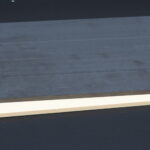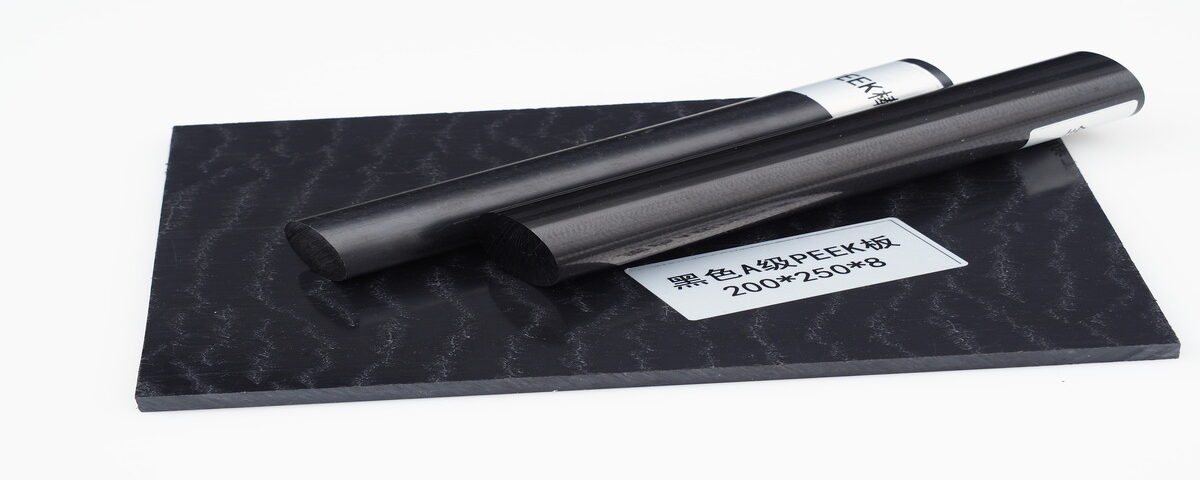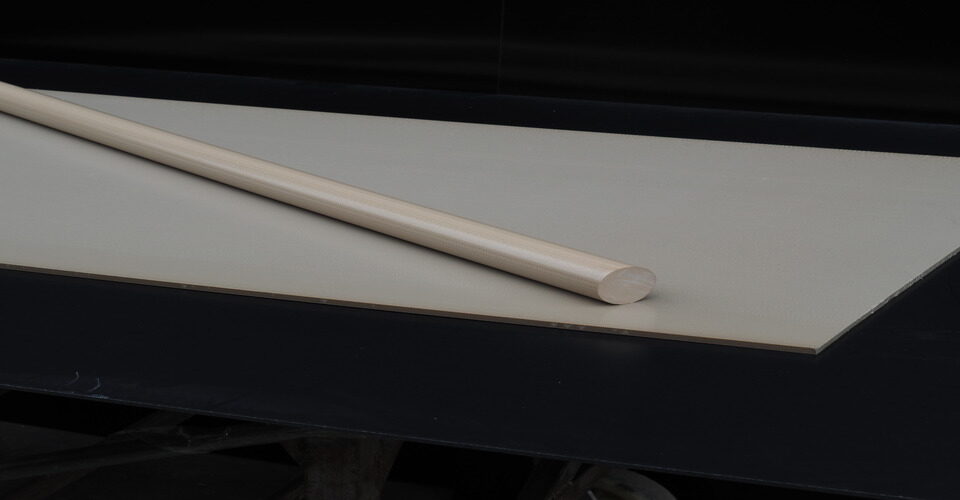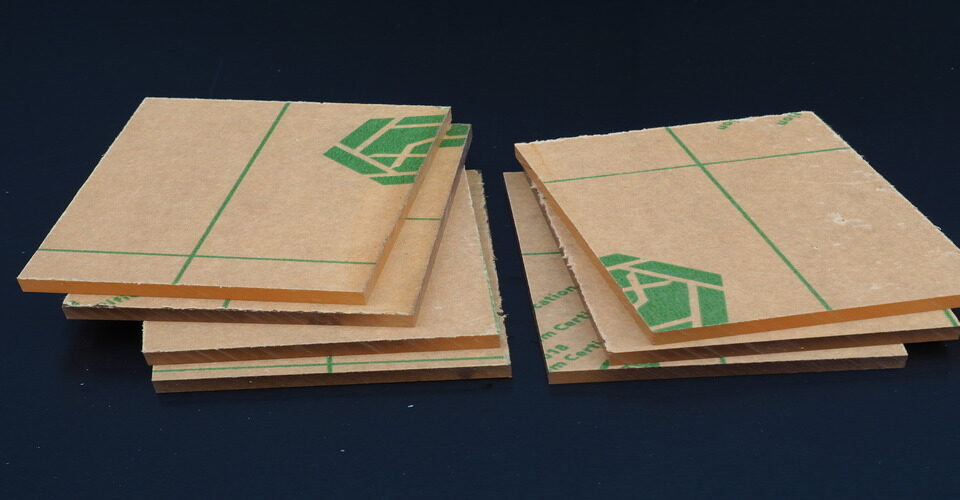
What is PEEK plastic used for?
January 16, 2025
Which is better, PTFE or PVDF?
January 17, 2025Polyetherimide (PEI) is a high-performance thermoplastic known for its excellent thermal stability, strength, and electrical insulating properties. However, despite its many advantages, there are some notable disadvantages to consider when using PEI in certain applications.
1. High Cost
One of the primary disadvantages of PEI is its high material cost compared to other plastics. Due to the complex manufacturing process and the specialized nature of the polymer, PEI tends to be more expensive. This makes it less cost-effective for large-scale applications where cheaper alternatives might suffice.

2. Limited Impact Resistance
While PEI is strong and rigid, it does not have the same level of impact resistance as some other materials like polycarbonate or ABS. This can make PEI more prone to cracking or breaking under sudden impacts or heavy stress, limiting its suitability in certain high-impact environments.
3. Difficult to Process
PEI is a high-temperature material with a high melting point, which can make it challenging to process. It requires specialized equipment for molding or extrusion, and the high processing temperatures can result in longer production times and increased costs.
4. Poor Resistance to UV Radiation
PEI has limited resistance to UV radiation, meaning that prolonged exposure to sunlight can degrade its properties. Over time, UV exposure can lead to discoloration, reduced strength, and brittleness, limiting its use in outdoor applications.
5. Limited Chemical Resistance
Although PEI is resistant to many chemicals, it is not as resistant as some other high-performance polymers like PEEK. It can be susceptible to attack from strong acids and certain solvents, limiting its use in aggressive chemical environments.
In conclusion, while polyetherimide offers exceptional performance in many areas, its high cost, processing challenges, limited impact resistance, and susceptibility to UV radiation and certain chemicals can be considered significant disadvantages depending on the specific application.






